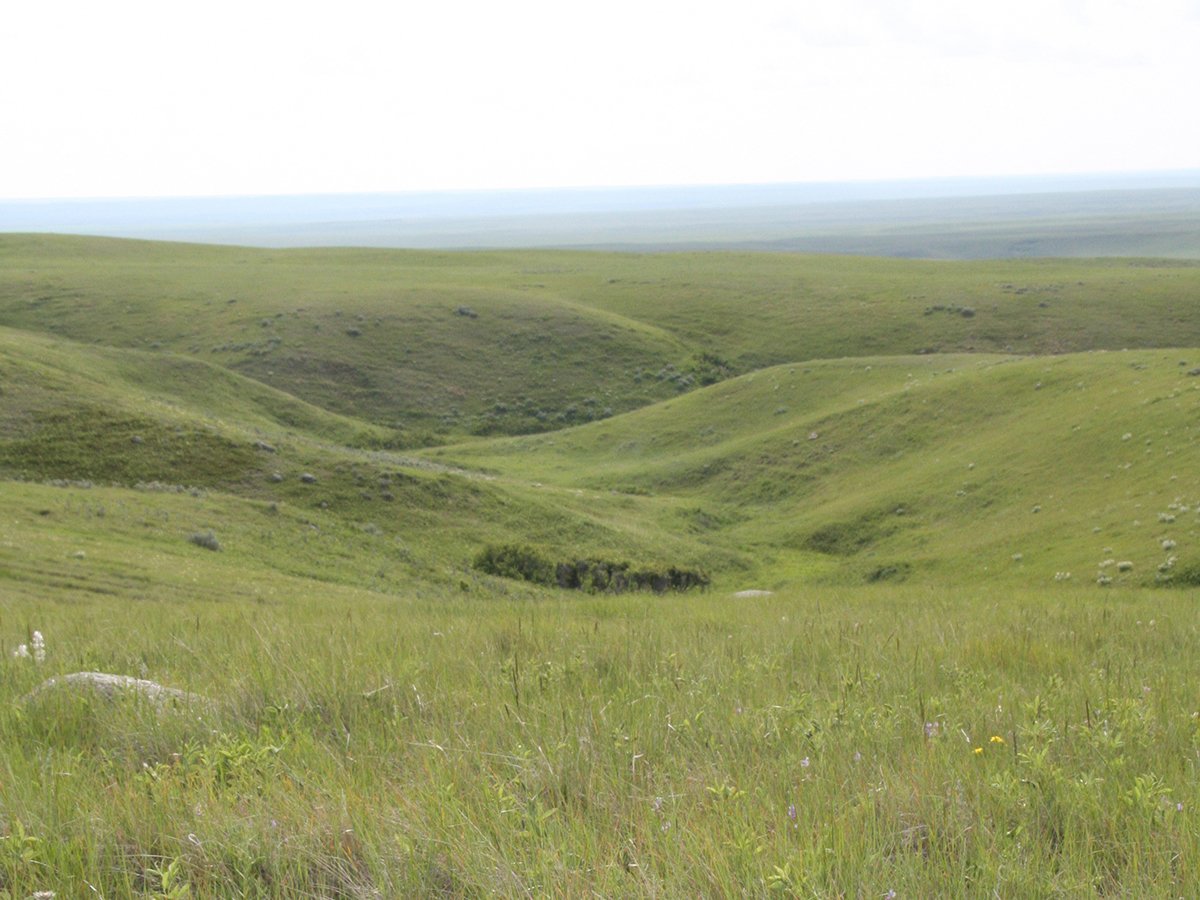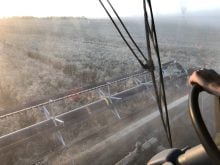SASKATOON – Most people might not have noticed, but the prairie population has increased by millions in just two years.
And environmental organizations credit farmers with creating the conditions that have allowed North American waterfowl numbers to jump from 55 million in 1986 to 77 million now, with most of the change coming since 1993.
“We have found that most farmers kind of like to have wetlands and natural bush around, if it isn’t a serious economic penalty for them to do that,” said Rich Goulden of the Manitoba Habitat Heritage Corporation.
Read Also

Alberta irrigation project on grasslands approved
Environmental concerns raised by Alberta conservation groups over irrigation expansion project within rural municipality
From 1979 to 1986, waterfowl numbers dropped by about 30 million, sending a panic through environmental circles. Goulden said the scare prompted government agencies and private groups, such as Ducks Unlimited, to forge a long-term plan to protect wetlands and give waterfowl nesting grounds.
Some of the slump in bird numbers came from the 1980s drought, but another major cause was environmental destruction, Goulden said.
It has meant a shift in thinking to get farmers to protect the birds, said Lake Alma farmer Russ Torkelson.
“If you kill everything, and you burn all the sloughs and drain everything, what do you have?” he asked. Torkelson farms about 3,500 acres, but has decided to leave sloughs unplowed and is leasing good land to Ducks Unlimited for $22 per acre – less than he could get for cropping it.
“If you’re going to conserve, you’ve got to conserve everything,” he said. “It all ties together. You can’t conserve the soil without conserving the wildlife.”
Torkelson said he switched to minimum-till farming 15 years ago. Keeping wetlands is an integral part of what he considers a healthy environment.
He admits that as a young farmer, he was often exasperated at ducks ravaging swaths of wheat during harvest. But as part of his soil conservation program, Torkelson has gone to straight combining, leaving no swaths for the ducks to damage.
The increase in upland nesting grounds is credited for much of the resurgence in the bird population. Until recently most habitat protection centred on sloughs and wetlands, but nesting grounds near the wetlands weren’t protected.
Goulden said Habitat Heritage has protected about 100,000 acres in southern Manitoba, and other groups have done major work in Saskatchewan and Alberta. But he is not sure if the area being protected matches the rate at which habitat is being destroyed.
Torkelson said some farmers have moved to environmentally friendly farming and are preserving wildlife habitat, “but I think we’re only about 10 percent of the way there.”
Goulden said the money, much of it American, that pays for buying and leasing land from farmers makes waterfowl habitat preservation possible, but the true, long-term solution requires an intellectual revolution.
“They (farmers) really aren’t threatened by wildlife any more because they’ve changed the way they’re farming, but they haven’t entirely changed their attitude to wildlife,” he said.

















